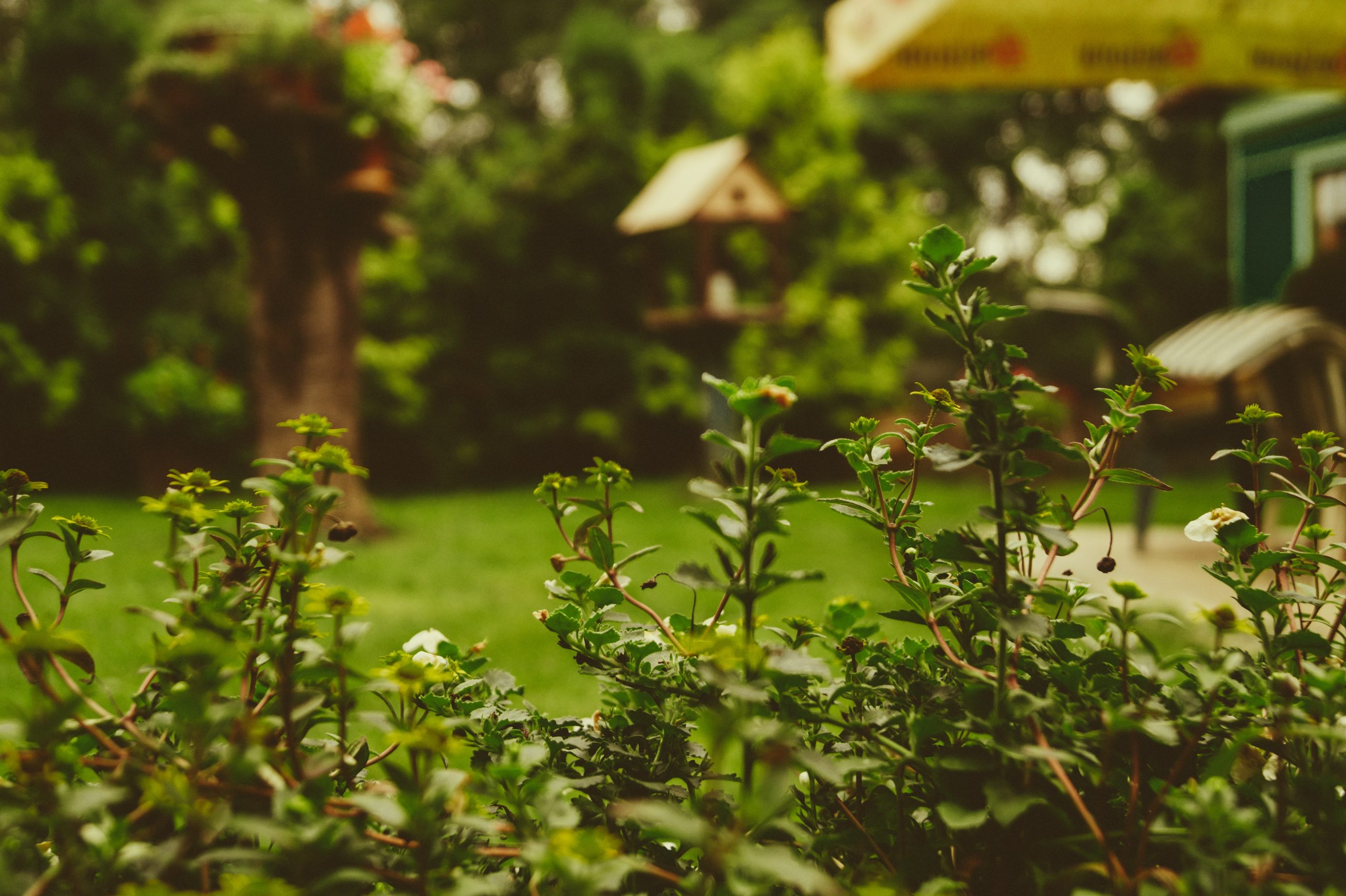Introduction: In an era where urbanization and concrete jungles dominate our landscapes, there’s an innate desire to reconnect with nature. One way to accomplish this is by transforming your own backyard into a haven for butterflies—a vibrant and captivating garden that not only adds beauty but also plays a crucial role in supporting these delicate creatures. Join us on a journey to discover the art of cultivating a butterfly garden and unlock the secrets to creating an enchanting space that invites these graceful creatures to dance among the flowers.
- The Magic of Butterflies: Butterflies have long been regarded as nature’s living art, showcasing an astonishing array of colors and patterns that inspire wonder and awe. Their delicate wings carry them on whimsical flights, making them perfect companions in any garden. But beyond their aesthetic charm, butterflies are important pollinators, contributing to the reproduction of countless plant species and maintaining a healthy ecosystem. By nurturing a butterfly garden, we not only invite beauty but also support the balance of nature.
- Planning Your Butterfly Garden: Creating a thriving butterfly garden requires careful planning and consideration. Start by researching the native butterfly species in your region to determine which ones you can attract. Select plants that provide both nectar for adult butterflies and food sources for their caterpillars. Incorporate a variety of flowers with different blooming periods to ensure a constant food supply throughout the season. Additionally, consider providing sheltered spots like rocks or shrubs where butterflies can rest and bask in the sun.
- Choosing Butterfly-Friendly Plants: To create an irresistible oasis for butterflies, select plants that are known to attract them. Native wildflowers such as coneflowers, milkweed, and black-eyed Susans are popular choices, as they offer abundant nectar and act as host plants for caterpillars. Fragrant herbs like lavender and butterfly bush are also highly appealing. By diversifying your plant selection, you’ll attract a wider range of butterfly species and foster biodiversity.
- Creating a Welcoming Environment: Butterflies are delicate creatures, and a few small adjustments can make a significant difference in their garden experience. Consider incorporating a shallow water source like a birdbath or a small pond with gentle edges to provide butterflies with a safe place to drink. Avoid using pesticides and herbicides, as these can harm butterflies and other beneficial insects. Embrace a more organic and sustainable approach to gardening, and your efforts will be rewarded.
- The Joy of Observation: Once your butterfly garden is established, take the time to observe these enchanting visitors in their natural habitat. Keep a journal or a camera handy to document the species you spot, their behaviors, and any fascinating interactions. Share your findings with local conservation organizations or online communities dedicated to butterfly enthusiasts. By contributing to citizen science initiatives, you can play a part in tracking butterfly populations and aiding conservation efforts.
Conclusion: Transforming your backyard into a vibrant butterfly garden is not just an act of beautification but a powerful contribution to the preservation of these delicate creatures. By cultivating a haven for butterflies, we not only invite nature’s art into our lives but also play an active role in conserving their habitats. So, seize the opportunity to create a butterfly garden and let your backyard become a stage for the mesmerizing dance of these winged wonders.
Remember, in the pursuit of creating a butterfly garden, always prioritize ethical practices, ecological sustainability, and respect for nature. Let your garden be a sanctuary for butterflies and a testament to the harmony that can be achieved when humans and wildlife coexist in harmony.




